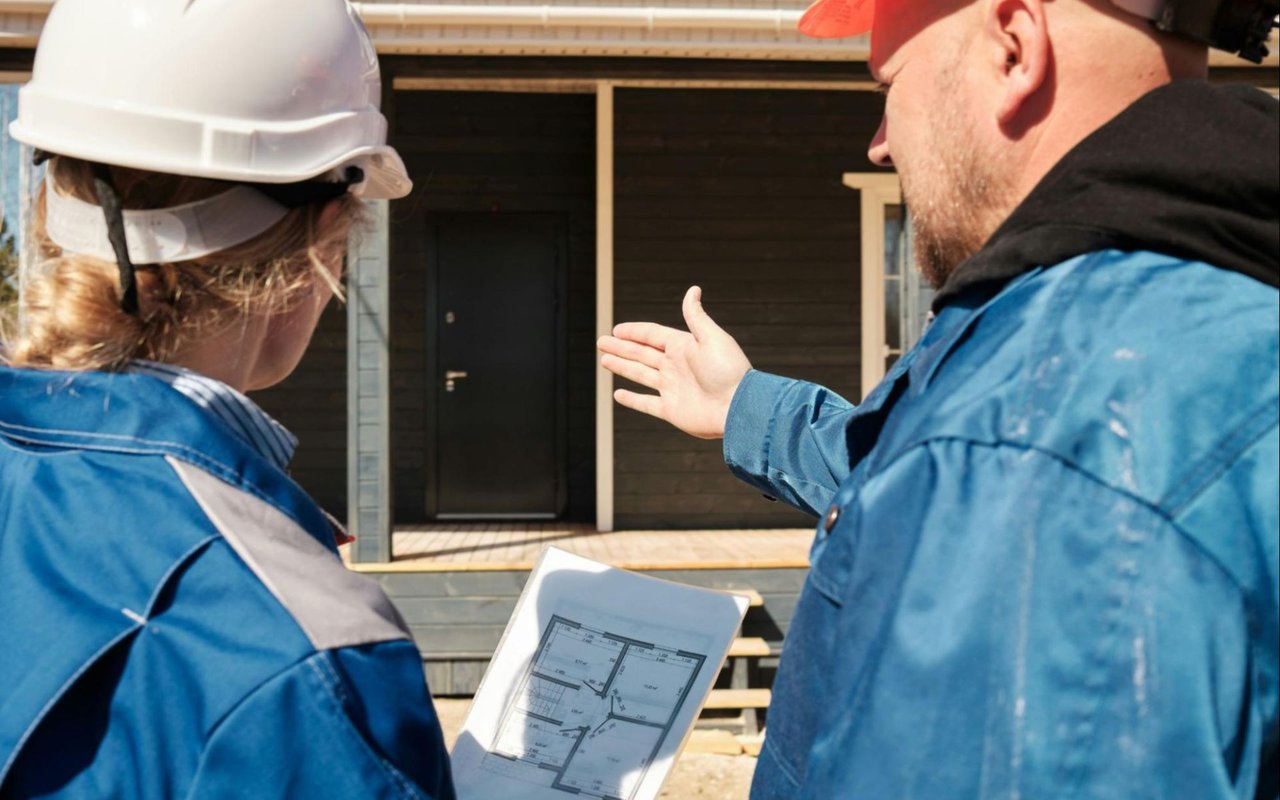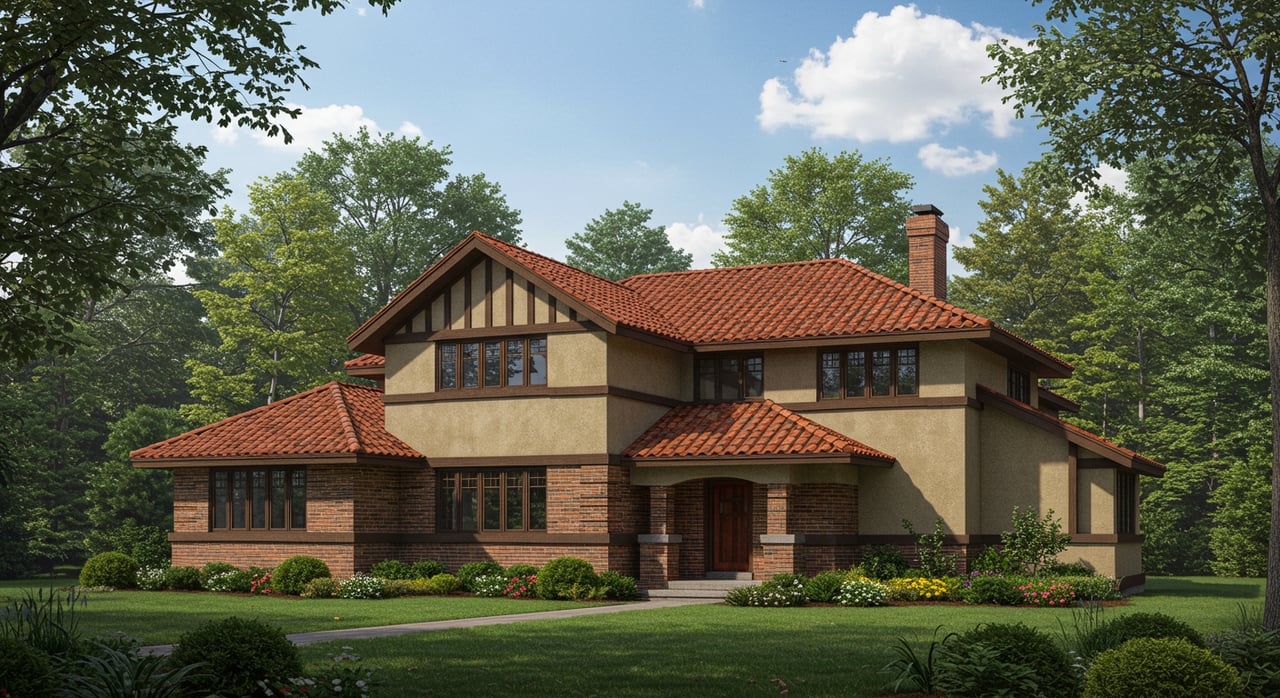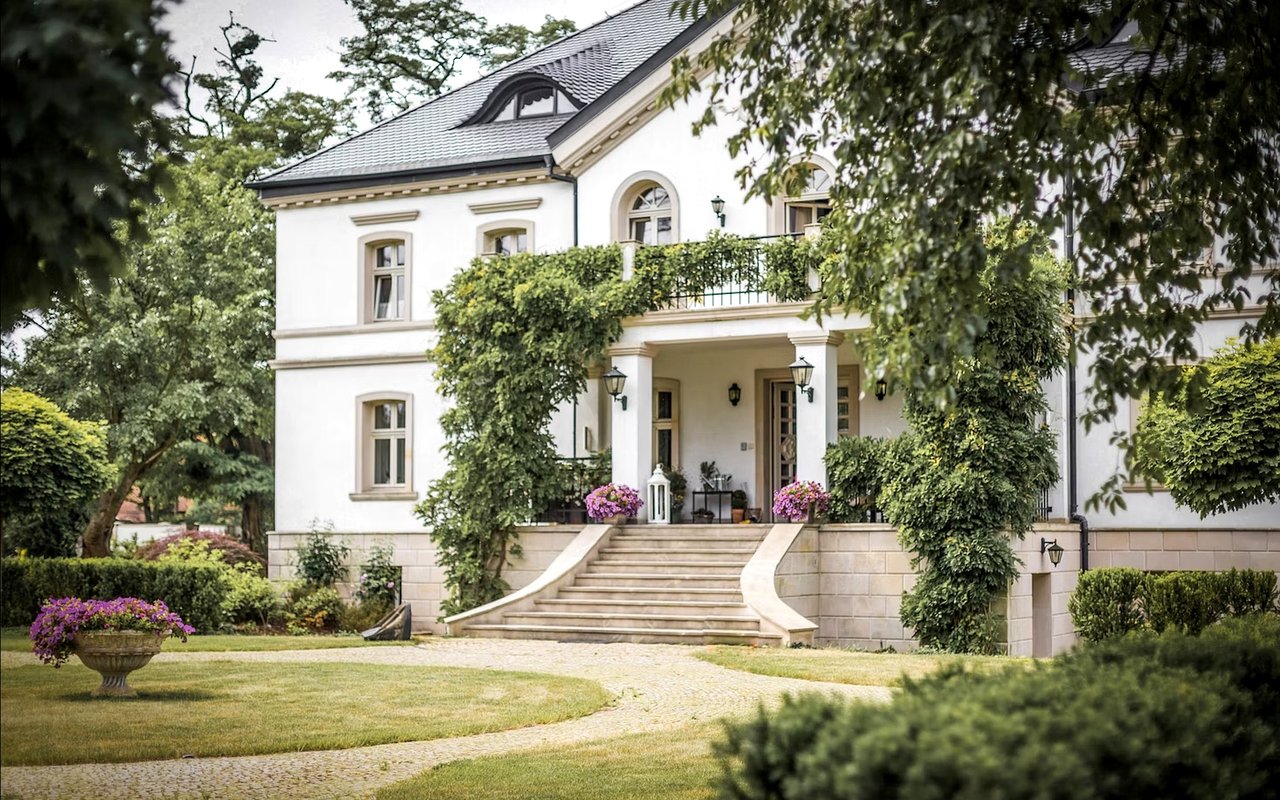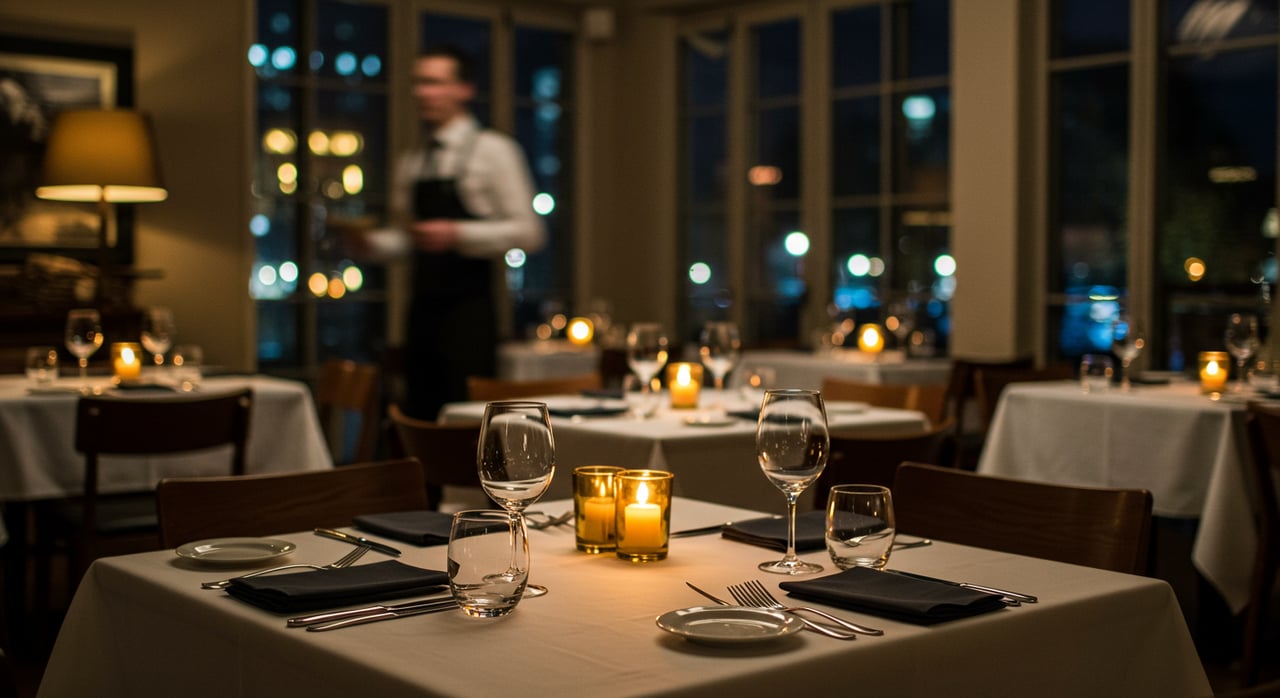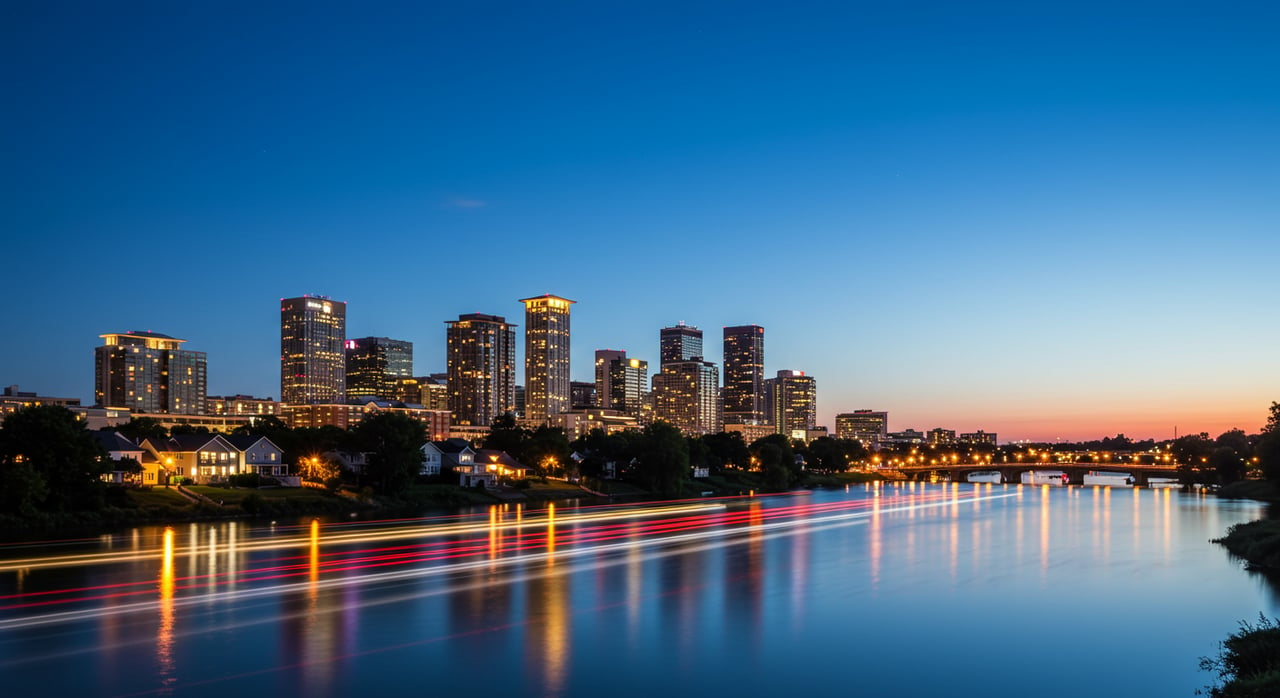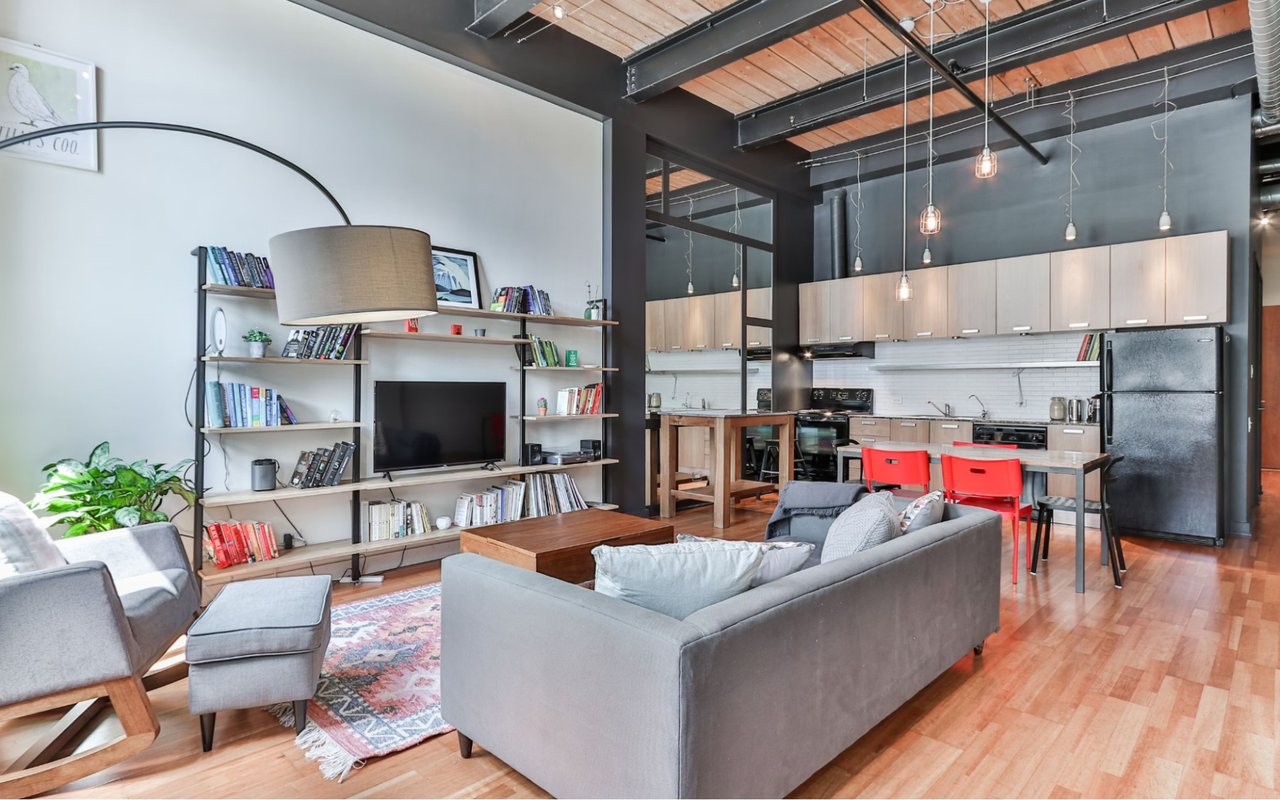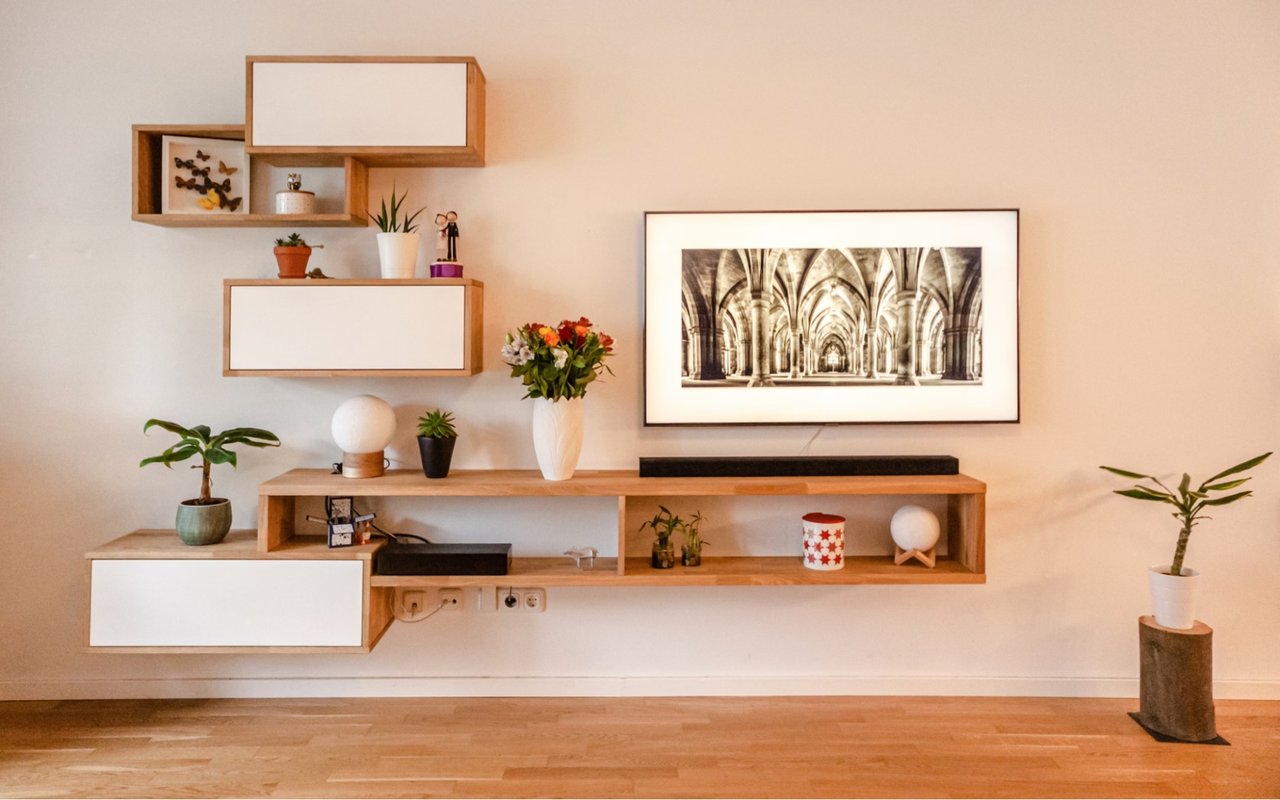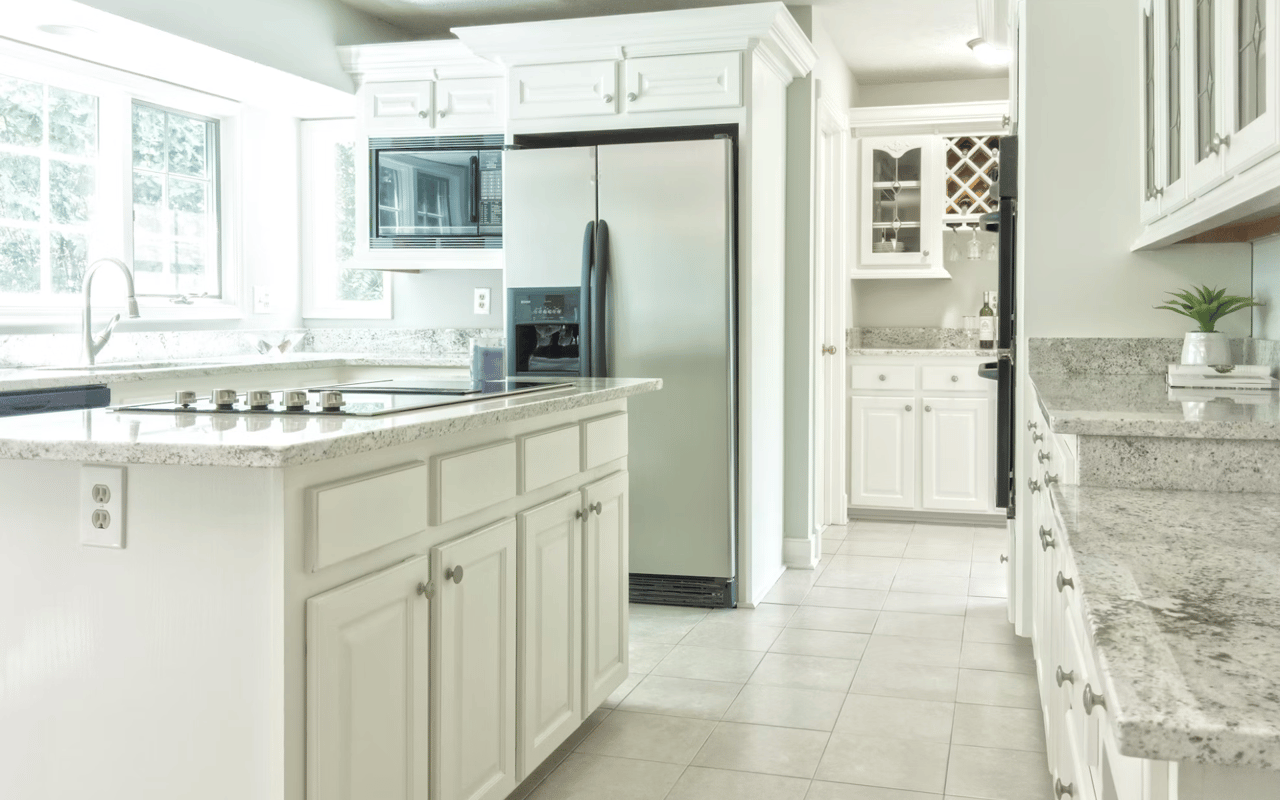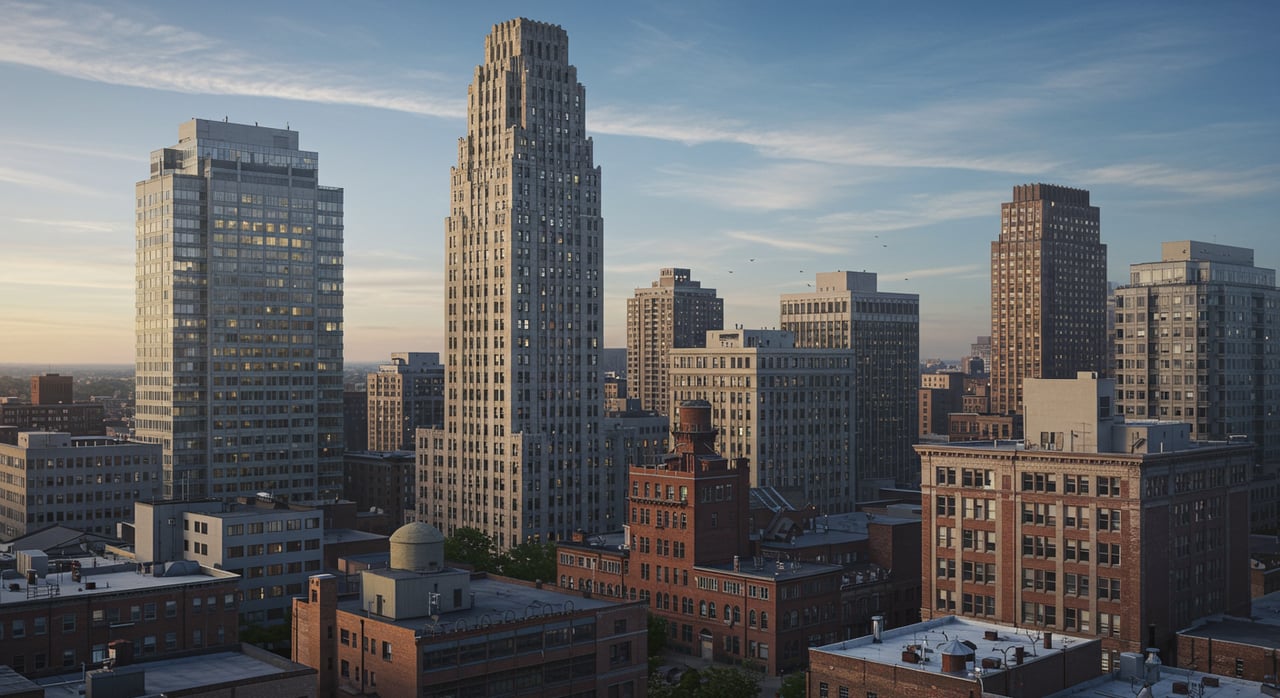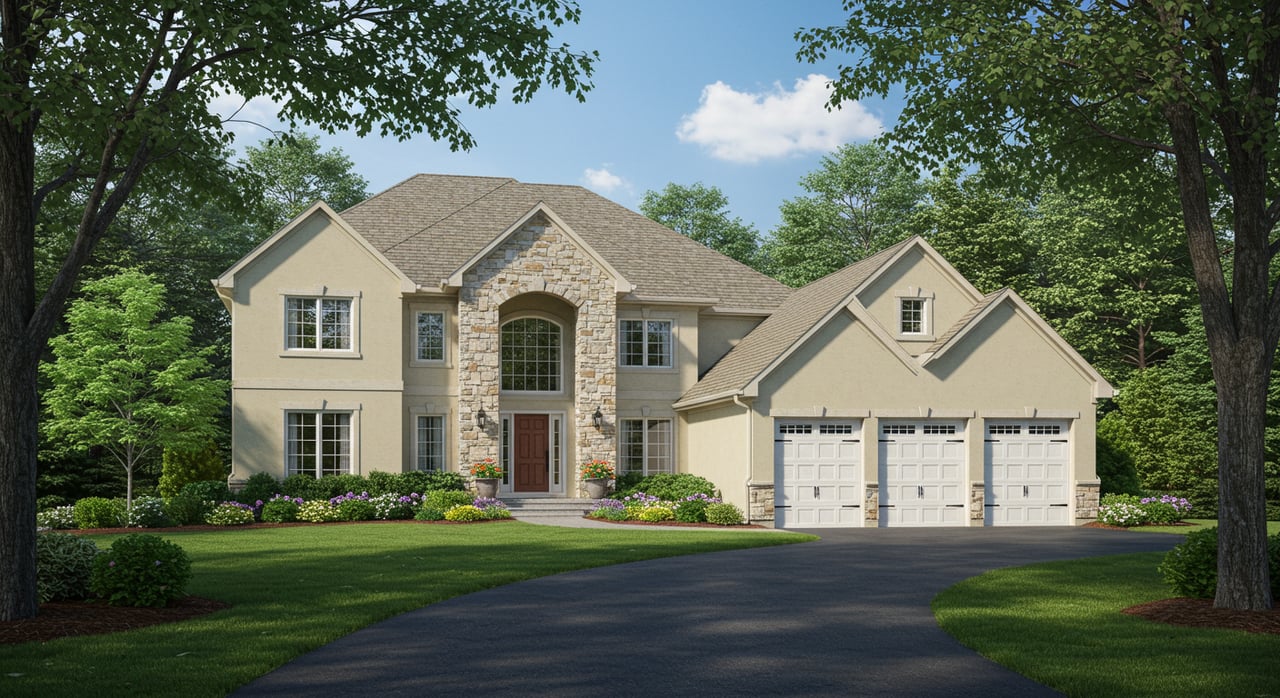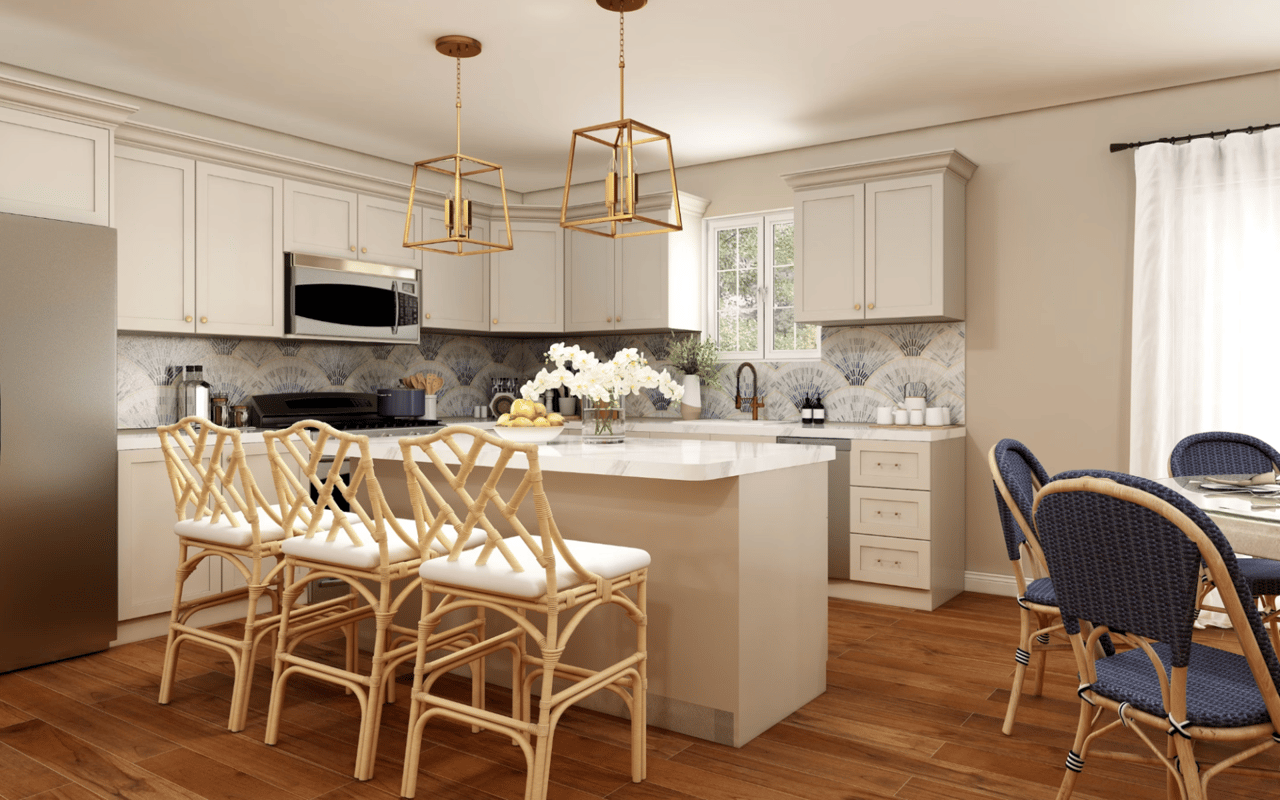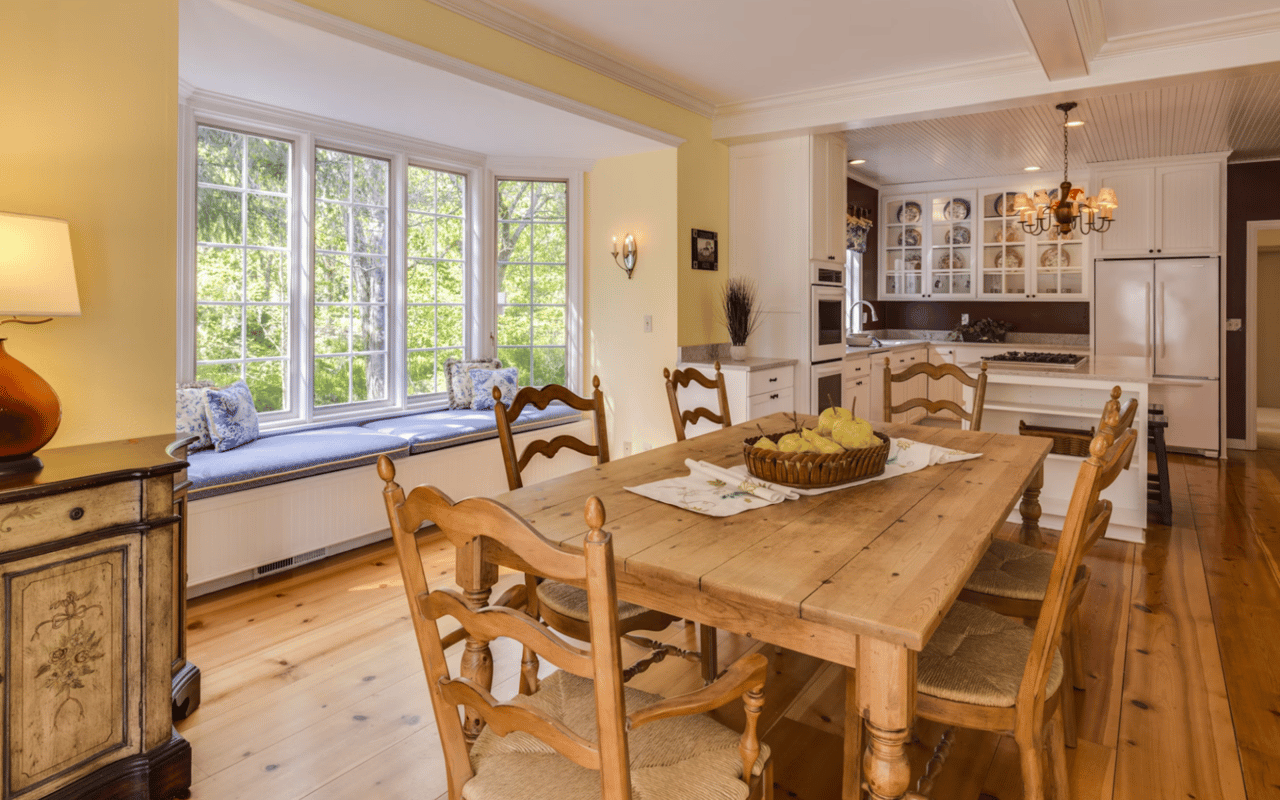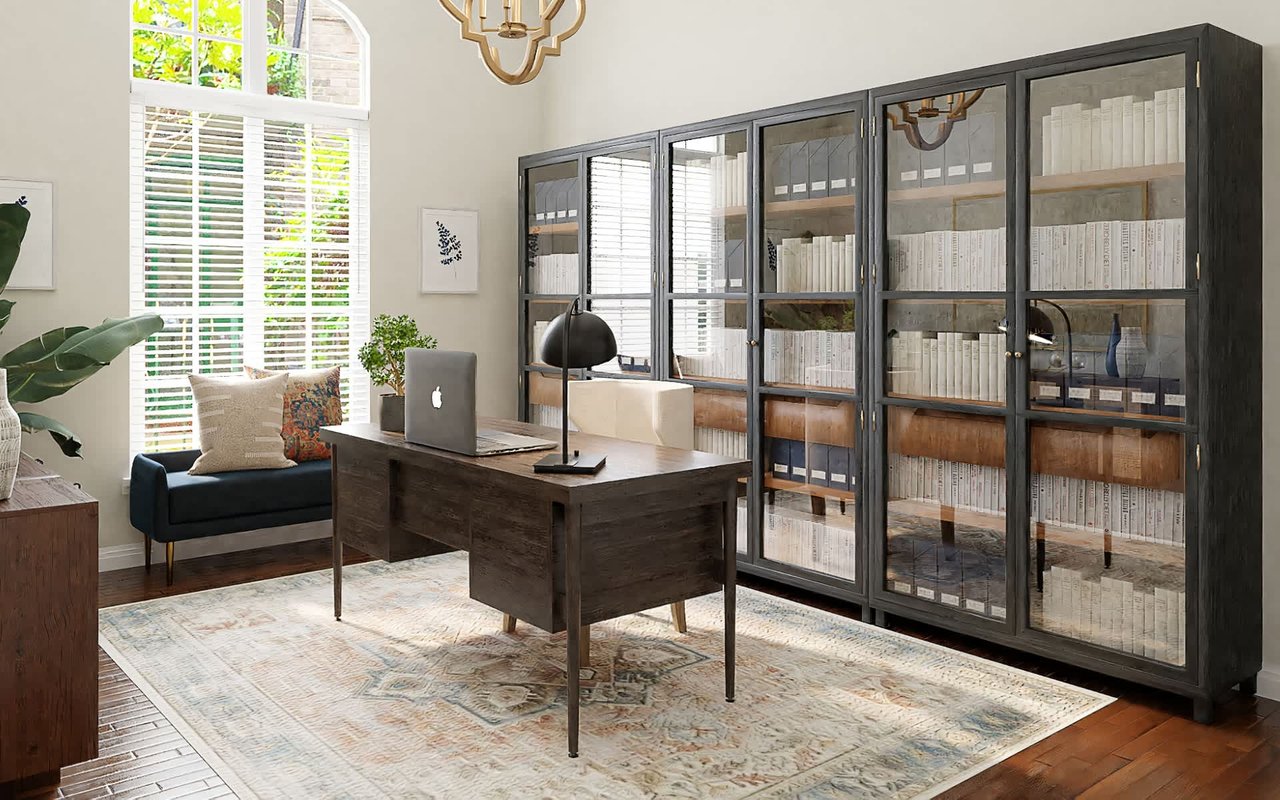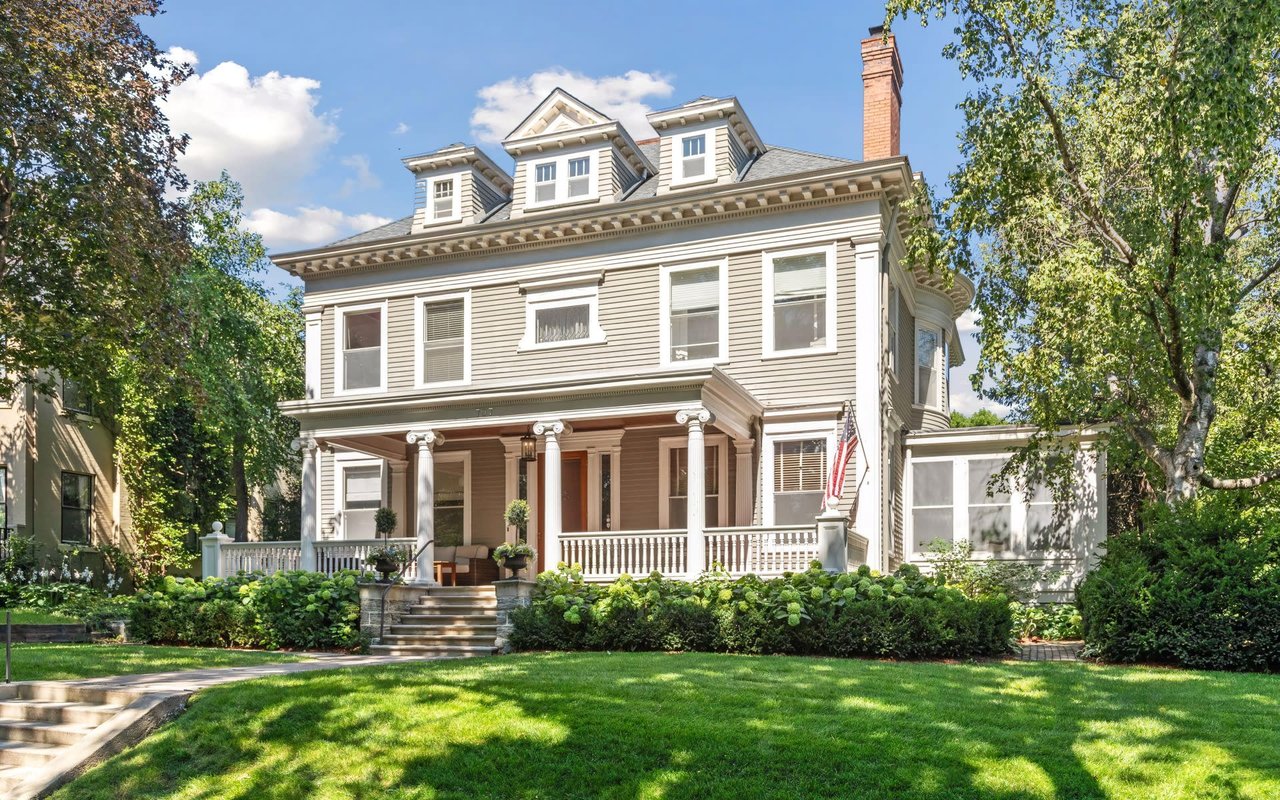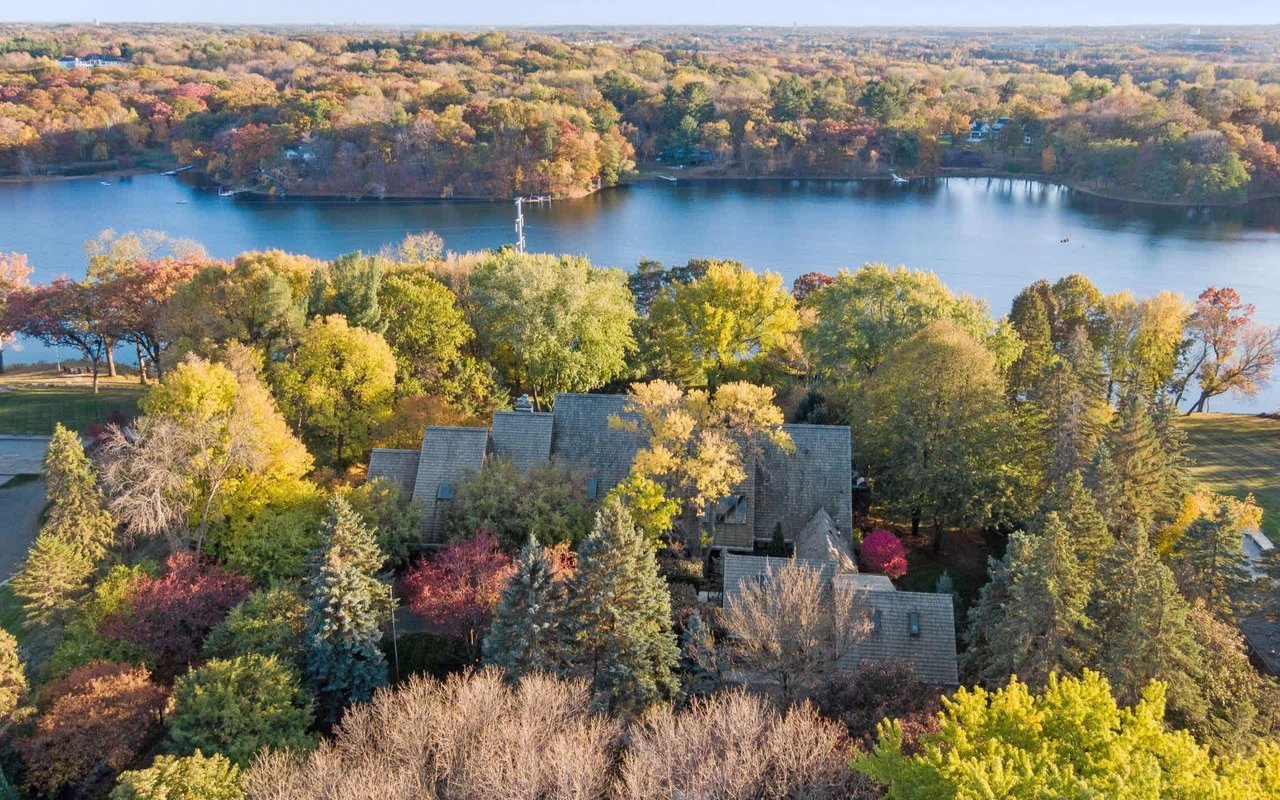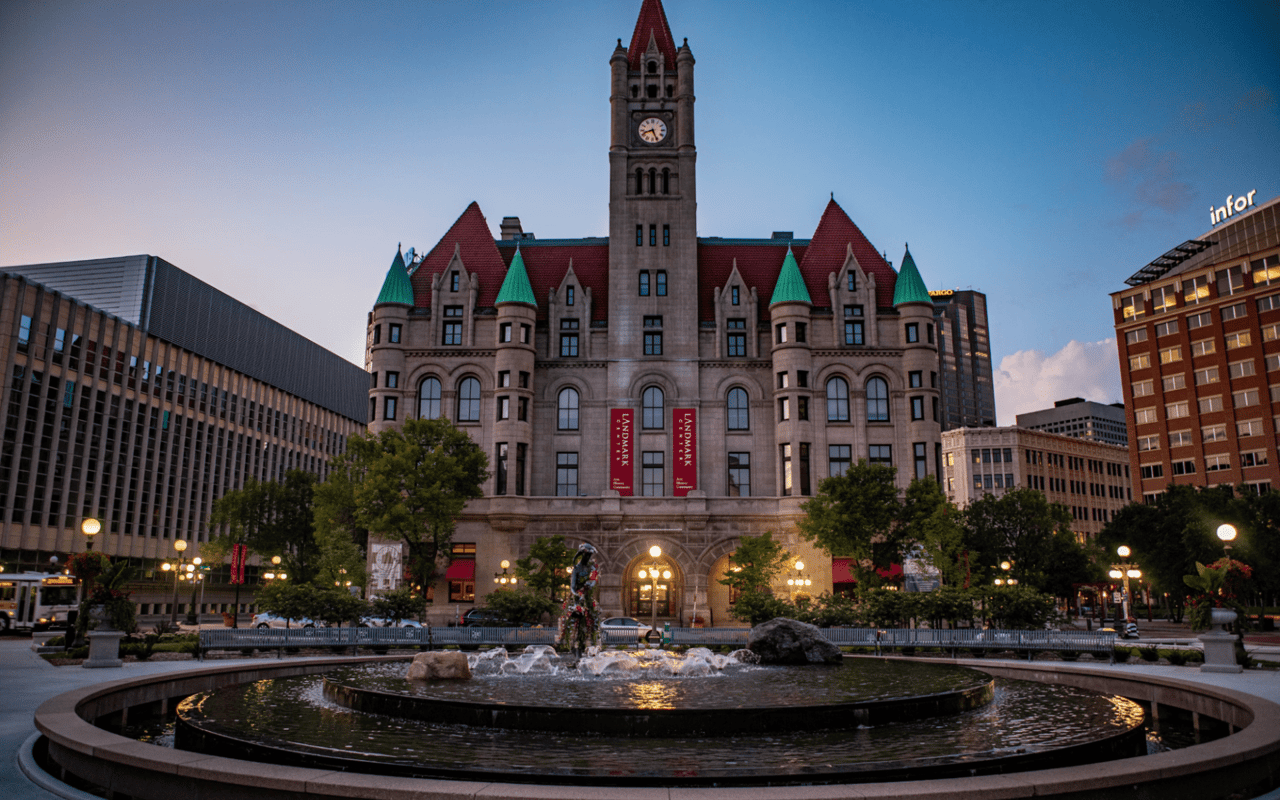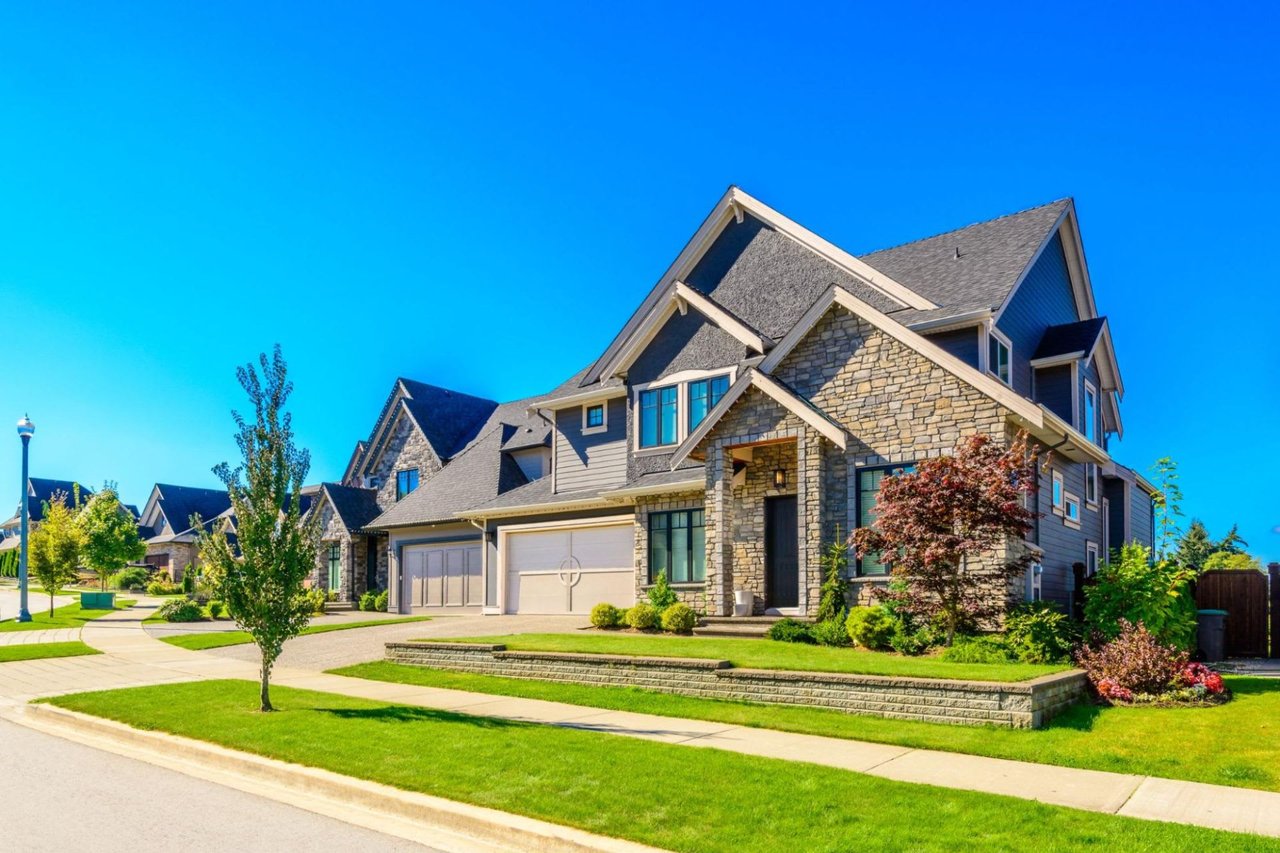When comparing two cities that are geographically close yet culturally distinct, Minneapolis and St. Paul offer unique experiences for potential residents. As the heart of Minnesota’s famed Twin Cities, these neighboring cities are often compared for their differences in lifestyle, community, and opportunities. Choosing the right city for you requires an in-depth look at what each offers in terms of culture, housing, economy, and more. This article will provide an accurate and detailed comparison to help in the decision-making process.
Cultural Atmosphere
On the other hand, St. Paul exudes a more traditional, historic charm. The city is rich in well-preserved architecture and a calmer, more intimate atmosphere. St. Paul hosts many family-friendly events and has a strong sense of community, making it a choice for those who prefer a slower-paced, suburban feel. Iconic cultural attractions like the Cathedral of St. Paul and the Science Museum of Minnesota highlight the city’s deep historical roots.
Housing and Neighborhoods
Conversely, St. Paul offers more affordable housing options, with charming neighborhoods that feature a blend of older homes, bungalows, and Victorian-era architecture. St. Paul’s neighborhoods like Highland Park and Macalester-Groveland are known for their family-oriented communities and quieter streets. The city tends to have more space per property, making it an appealing choice for those who value larger lots or historic homes.
Economy and Employment
St. Paul, while smaller, has its strengths in government, education, and non-profit sectors. As the state capital, St. Paul is home to numerous governmental agencies, making it a suitable destination for those in public service, law, or education. Employers like Ecolab and 3M are also major players in the local economy. While it may not offer the same volume of private sector jobs as Minneapolis, St. Paul is known for its stability and consistency in these fields.
Transportation and Accessibility
St. Paul, while less bike-centric, offers a reliable public transit system and is known for its accessibility to major highways, making commuting by car a viable option. Parking is also less of a hassle in St. Paul compared to its busier neighbor, and traffic is generally lighter. Residents of St. Paul enjoy more leisurely commutes, but the city lacks the robust public transportation network that makes Minneapolis so accessible for non-drivers.
Outdoor Recreation and Green Spaces
St. Paul, while also home to several parks, takes pride in its scenic riverfront areas and smaller, community-focused parks. Como Park Zoo and Conservatory is a beloved local attraction, as is the expansive Battle Creek Regional Park. St. Paul’s outdoor scene leans more toward leisurely family activities and community festivals rather than the bustling activity of Minneapolis’ lake and park areas.
Community Vibe and Demographics
St. Paul, meanwhile, caters to a more established demographic, with many families and long-term residents who appreciate its quieter, more relaxed atmosphere. Its slower pace and traditional values are reflected in the city’s community events and local businesses.
The Right City for You
On the other hand, if a slower pace, strong sense of history, and close-knit community appeal to you, St. Paul offers a more laid-back and family-friendly environment. The city’s affordability, charm, and access to government and educational jobs make it an excellent option for those who value stability and tradition.
Each city has its own distinct appeal, but with the right consideration, the decision-making process between Minneapolis and St. Paul can lead you to the ideal place to call home.
